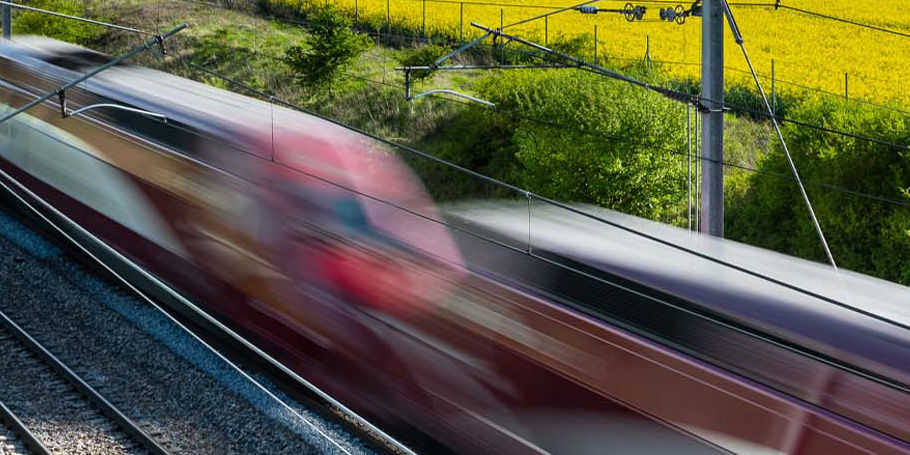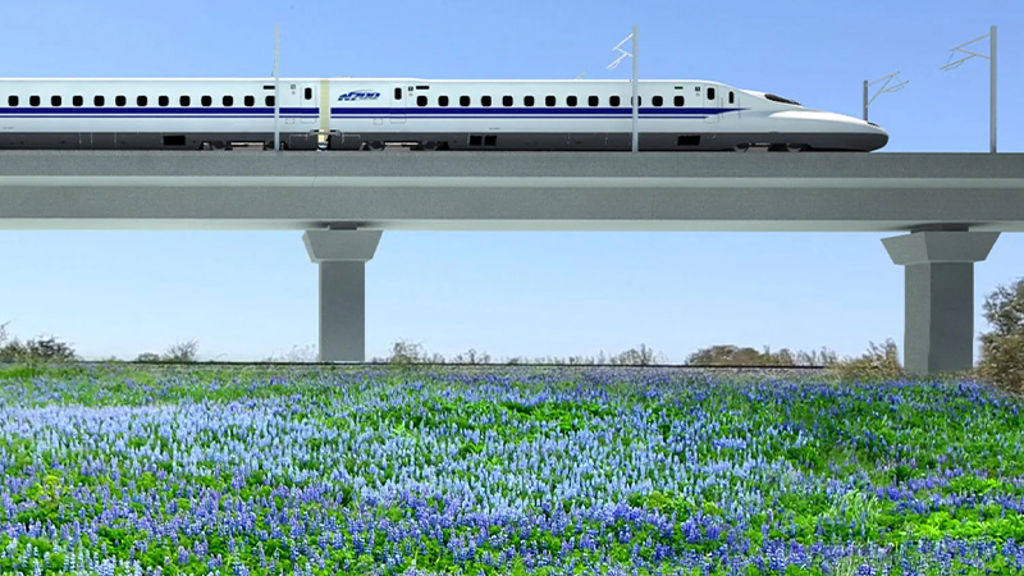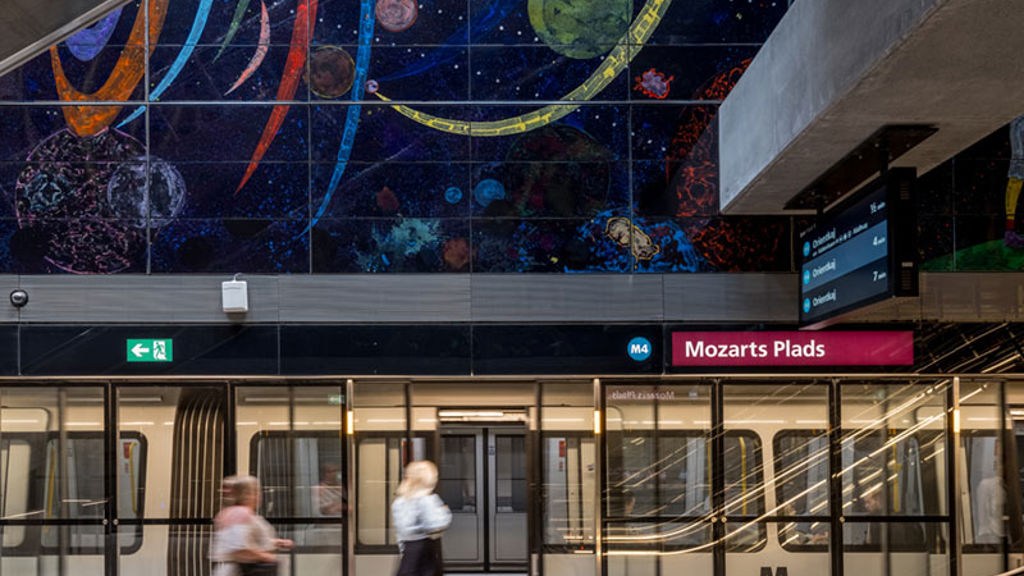In an increasingly digital world, data is key to improving capacity, performance and customer experience on our rail networks.
Intelligent infrastructure in the rail industry brings real time performance updates and predictive maintenance information, resulting in cost savings and efficiency. Working with Network Rail we are participating in a major change programme, 'Offering Rail Better Information Services' (ORBIS) to revolutionise the way information is captured, stored, managed and exploited across the network.
Our Programme and Project Management team supported by other groups within Arup are delivering digital transformation projects as part of a digitally enabled asset management strategy within Network Rail. Leveraging the power of data, we are delivering four of the key ORBIS projects in Network Rail’s Control Period 5 plan:
- Rail Infrastructure Network Model (RINM) Data Acquisition
- Exchange of Asset Information (EAI)
- Ellipse Exploitation (EE)
- Decision Support Tools (DST)
Through understanding Network Rail’s asset data and modelling, we have supported the business change initiative at a technical and user level.
Visualising rail assets in a geo-spatial world
The opportunity to visualise the railway from a geospatial perspective has changed how Network Rail teams work. The Rail Infrastructure Network Model (RINM), and specifically the Geo-RINM viewer (GRV), enable users to view individual assets, the environment surrounding these assets, the proposed worksite and identify any hazards before sending Network Rail staff and contractors to the site. We have been instrumental in the development of RINM and GRV through the definition of data requirements, leading to major data acquisition and validation projects which were pivotal to its overall success.
The adoption of this new technology removes the need for site surveys and allows teams to make accurate calculations of heights and areas for project material estimations, resulting in increased efficiencies and cost savings.
Optimising the exchange of asset information
Improving the process for asset information handover and hand back for infrastructure change projects offers significant benefits in efficiency of data management, improvement of quality and cost savings. The Exchange of Asset Information (EAI) project aims to formalise and optimise asset information exchange between Network Rail and its supply chain, enabling a single platform to plan and deliver work on the railway.
Our combined approach in providing business and technical architecture and design, investment case support, requirements management, process writing and formulation of the data quality and governance approach has facilitated the project passing multiple investment stage gates. We have helped create a standardised approach on data management that allows for transparency and confidence that all asset information is correct and up to date for any future infrastructure change project.








